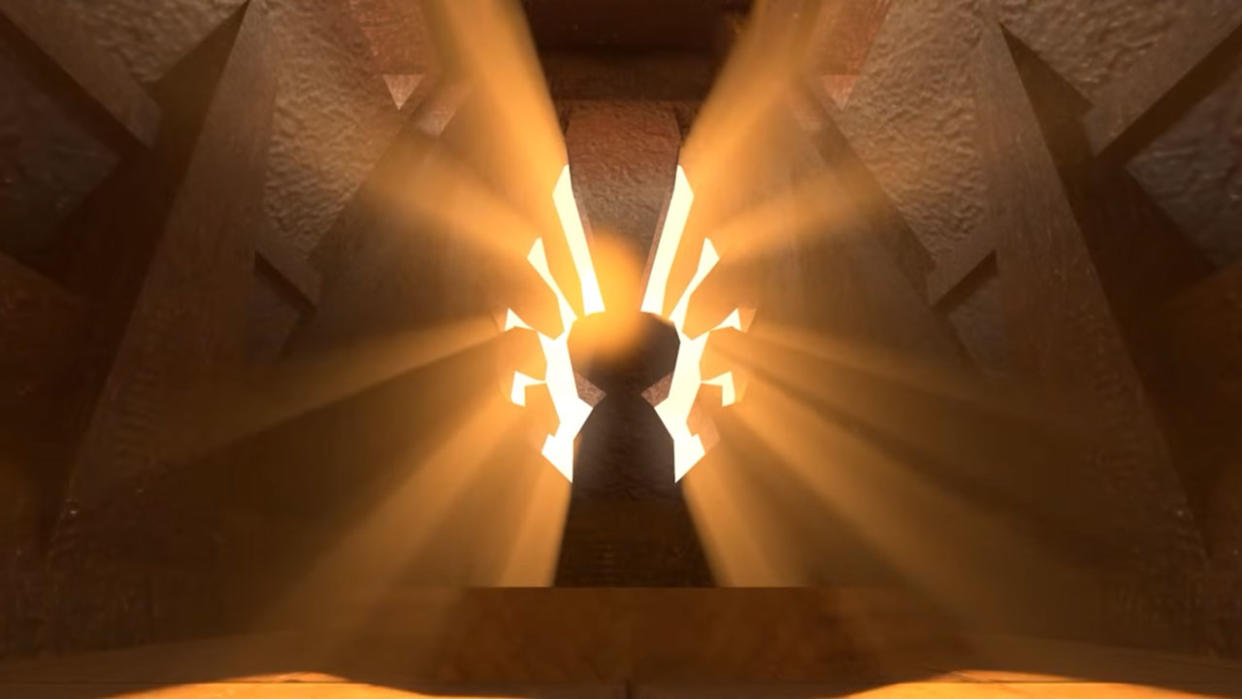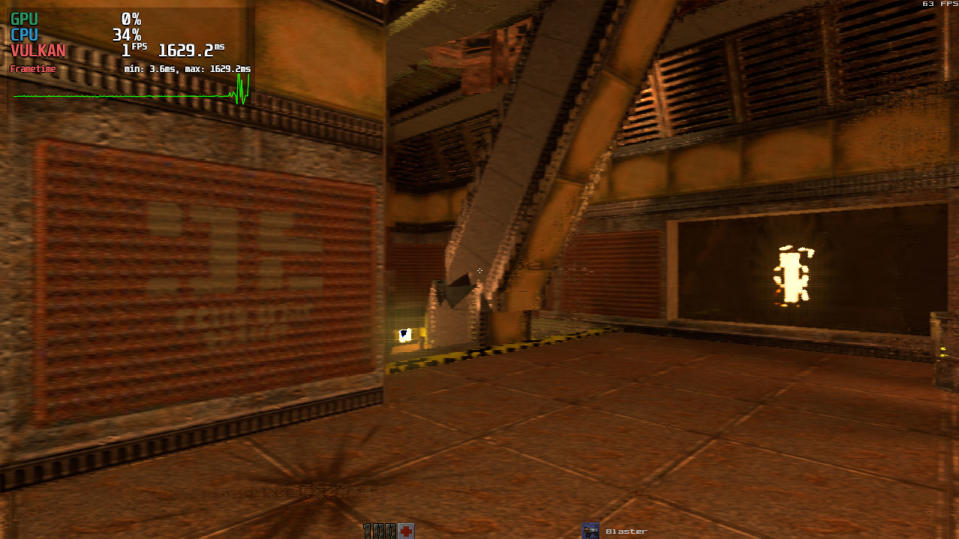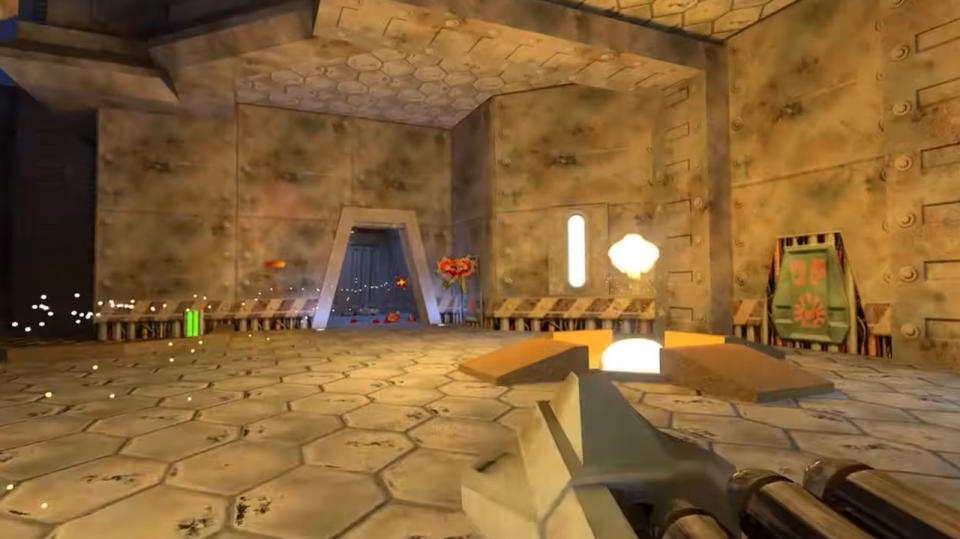Ray tracing can run without a GPU, if you like slideshows — Quake II RTX demoed at 1 FPS with CPU-based ray-tracing

A Mesa 3D Graphics Library developer has implemented support for CPU-based ray-tracing in Vulkan, reports Phoronix. While we applaud the effort, early testing of the driver in Quake II RTX indicates mainstream modern CPUs aren't going to convince anyone to give up their graphics card. Developer Konstantin Seurer's screenshot shows that the ray-traced version of Quake II only runs at 1 frame per second after all his Vulkan Lavapipe driver travails.

Linux developer Seurer admits his work is "mostly" based on porting code from the RADV Vulkan drivers, which were designed for owners of old and new AMD Radeon graphics cards (including emulated RT on pre-RDNA2 GPUs). The new code is implemented in Lavapipe, a CPU-based software Vulkan driver (for Mesa version 21.1 or newer). Specifically, Seurer's work supports VK_KHR_acceleration_structure, VK_KHR_deferred_host_operations, and VK_KHR_ray_query, in Lavapipe. This is enough to get real-time ray-tracing working via a CPU-based render path, but performance leaves much to be desired.
The Lavapipe: Implement VK_KHR_ray_query merge request by Seurer raises many questions. He provides evidence that CPU-based ray-tracing isn't going to scare GPU makers and their partners in 2024, but some more data would have been very welcome. It would have been more illuminating to know what kind of CPU was used in the developer's Quake II RTX test system, for example. The embedded screengrab shows the game was being played at 720p, but it could be a downsampled image. Moreover, Quake II RTX gamers have lots of settings to play with to fine-tune their experience. Adjusting levels of global illumination, texture filtering, reflection/refraction depth, sharpness, and more can all impact performance. We don't know what graphics/video settings were used in the 1 fps 'gaming' session.

While the consumer CPUs we have in 2024 might not be powerful enough for enjoyable real-time ray-traced gaming, we don't know what kind of crazy CPU power we will have access to in five or ten years. Thus, CPU-based ray-tracing support has a chance of being useful one day. We also wonder what one of the newest AMD Threadripper chips could manage using this Lavapipe Vulkan ray-tracing implementation coming to Mesa 24.1 (RC1 is due in April this year).

